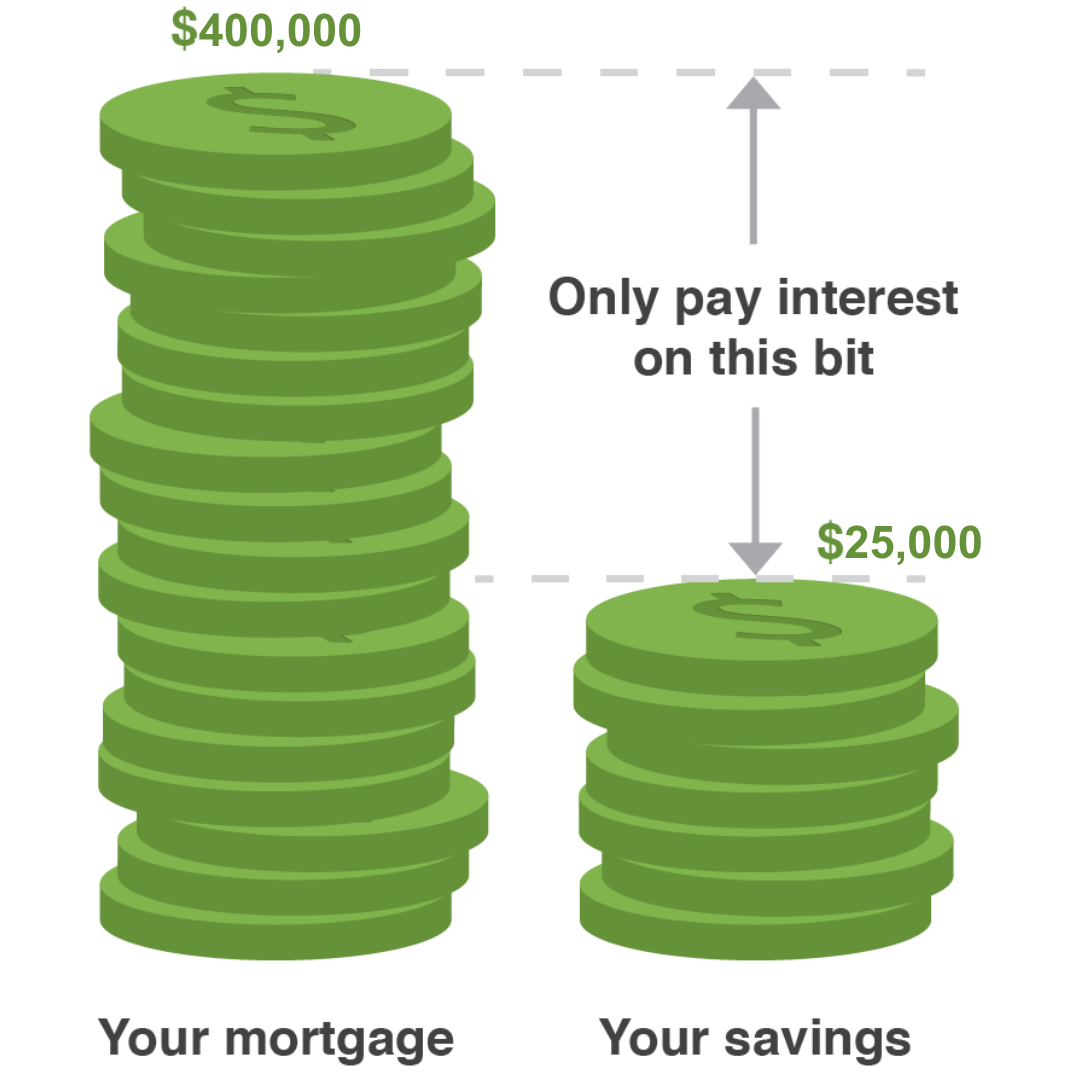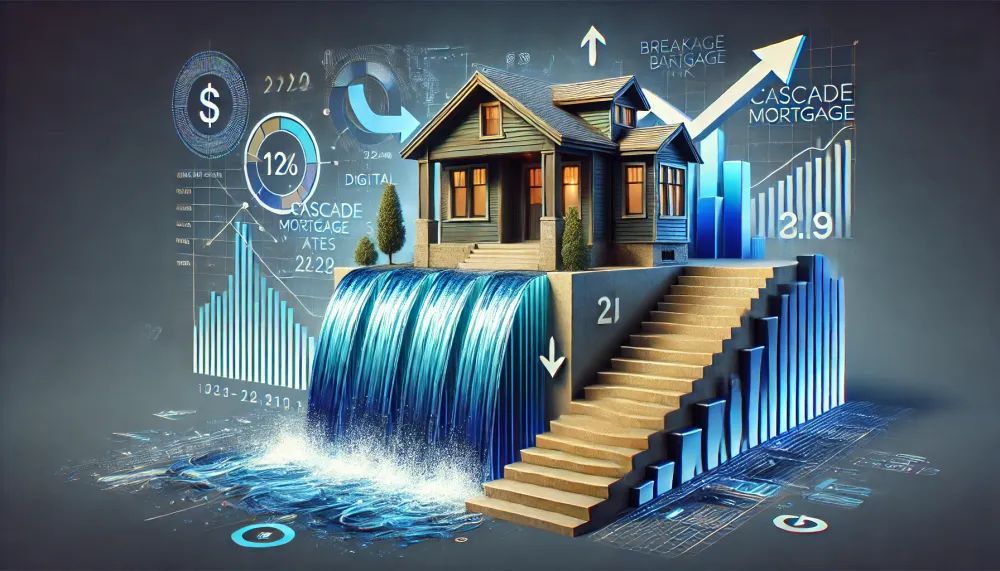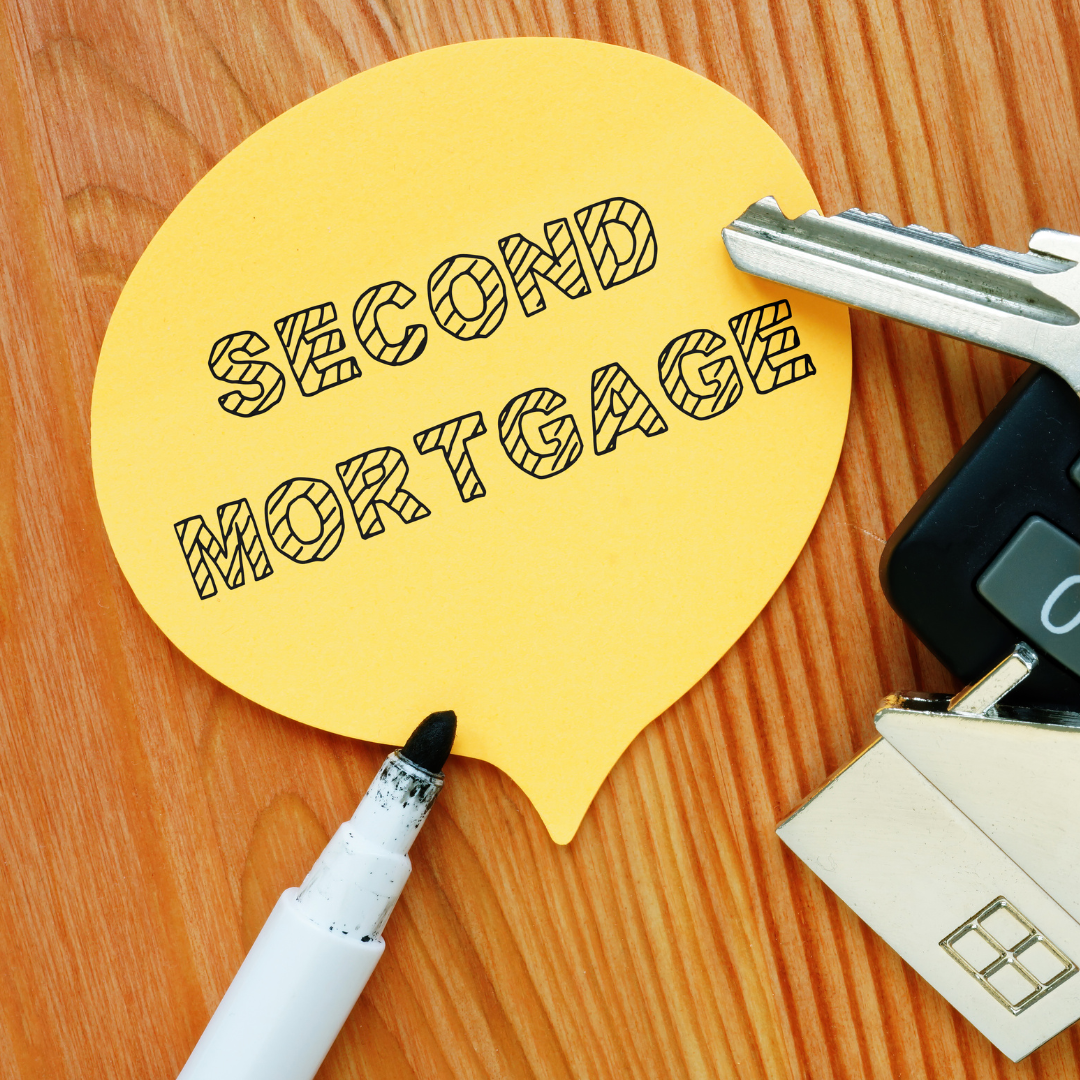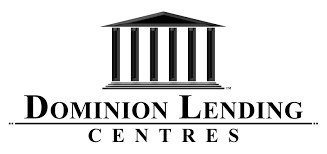Top Home Renovations that Have the Highest ROI
Renovating a home with the intention of selling it to make a profit is a booming industry in the house world. Before you start any home renovations, there are some areas of your home that you should focus on to give you the highest return on investment.
To help, your local Chilliwack mortgage broker , Matt Robinson with Dominion Lending Centres has listed five areas in your home that should be the first place you renovate.
#1: Bathrooms
Renovating your bathroom is a must because people can definitely tell if you have spent a decent amount of money purchasing high-quality materials. This increases the overall appeal of your home and gets more buyers interested in making an offer.
Bathroom repairs are averaging at least 100% return on investment. Therefore, really take your time picking out the best bathroom tile, and look up free sources online that provide helpful tips to give your bathroom a more modern look.
#2: Kitchens
Whenever you decide to renovate your kitchen, it will generally cost you thousands of dollars. You may not think this is worth it, but depending on how your kitchen looks can really make or break a purchasing deal. A small kitchen renovation could cost you around $21,000 and resale value is around $17,000, which means you could earn back 81% of the money put into this renovation.
#3: Garage Door
Replacing your garage door may not seem like a big deal, but it can actually make buyers less interested if your garage is in poor condition. You can replace your garage door for an average price of $3,500 and your resale value could be around $3,400, which gives you about a 98% return on investment.
#4: Curb Appeal
Updating your curb appeal is important because this is the first impression your property makes on potential buyers. If you do not renovate the exterior of your home by fixing areas where the paint has chipped or by planting new fresh flowers and grass, you could deter buyers from ever entering your home. Consider these useful tips and also add fresh mulch to give the exterior of your home a cleaner, fresher look. For more useful tips on ways to improve your curb appeal, please contact your Chilliwack mortgage lender at 604.852.1703 .
#5: Wooden Deck
You may want to consider adding a wood deck in your backyard to increase seating space and make this area look more inviting. The average cost of placing a wood deck is about $11,000 and the average resale value is around $9,100, which means you could be making about 83% return on investment.
Contact Us
If you would like to know more information on top renovations that give you the highest return on investment or if you are wanting details on different Chilliwack mortgage options available, please contact Matt Robinson at 604.852.1703 .
The post Top Home Renovations that Have the Highest ROI appeared first on Abbotsford & Chilliwack Mortgage Broker Lender.
Let’s get moving
Our latest articles




